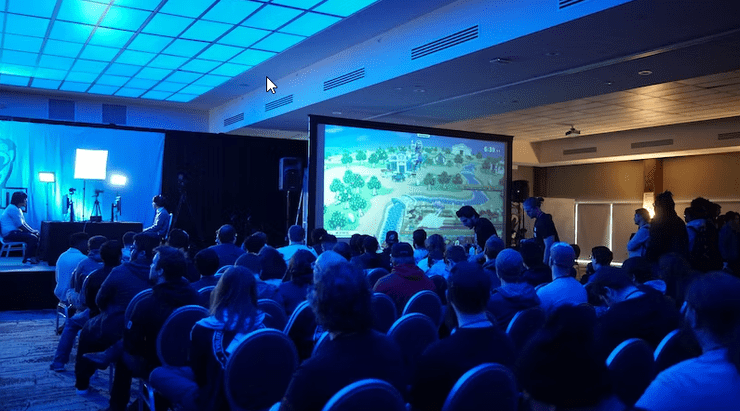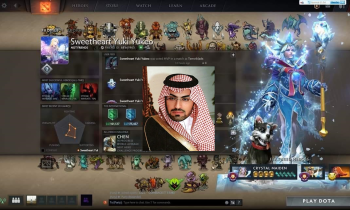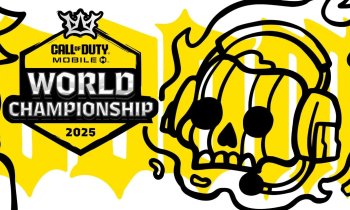Table of Contents
Before eSports arenas and live-streaming platforms became the norm, competitive gaming had a humbler, yet equally compelling, origin story. This article takes you on a journey through the evolution of competitive gaming, tracing its roots from arcade classics to its transformation into a global phenomenon.

The Early Years: From Pinball to Pong
The narrative of competitive gaming is not a short one. Long before the dazzling lights of modern esports arenas, the gaming community found its roots in modest settings—arcade parlors and basements where pinball and Pong reigned supreme. In these social hubs, rivalries were born, high scores were fiercely contested, and a sense of community was established.
The 1970s and 1980s were the golden years of arcade gaming, where titles like Pac-Man, Donkey Kong, and Space Invaders were social activities as much as they were games. These arcade classics laid the groundwork for the competitive gaming ecosystem, setting the stage for what would become a multilayered, expansive world of competitive play.
From LAN Parties to Online Multiplayer
As technology advanced, the late '90s and early 2000s witnessed a shift from coin-operated machines to home gaming consoles and computer games. The focus gradually moved towards the multiplayer genre, with titles like Counter-Strike and Quake emerging as community favorites. During this time, LAN (Local Area Network) parties became the new hotbed for competitive gaming. Players would physically connect their computers to compete, fostering an intimate, albeit cumbersome, gaming environment.
The advent of the internet brought another game-changer—online multiplayer. Gamers could now connect with rivals worldwide, transcending physical and geographical barriers. This global reach set the stage for international competitions and, ultimately, the rise of esports as we know it today.
The Flourishing of Esports: Leagues, Streams, and Platforms

The emergence of streaming platforms like Twitch and YouTube Gaming marked a significant milestone for esports, giving it an avenue for mainstream acceptance. Leagues such as the Overwatch League, the League of Legends World Championships, and the Dota 2 International are now major events, commanding media and fans' attention. They're even rivalling traditional sports in viewership, thanks to their broad appeal and accessibility.
While esports has made headway into the mainstream, other types of competitive games have also found places where they can thrive. For instance, online platforms have given rise to numerous poker tournaments catering to various people and skill levels. These events, such as the World Championship of Poker 2023, MicroMillions, Sunday Million, along with the Saturday Line-Up and Women’s Sunday, are just a few examples that have redefined what competitive gaming could mean. They share similar hallmarks with esports tournaments—strategic depth, international participation, and a sense of community amongst players.
The sheer diversity of competitive events—from first-person shooters to real-time strategy games—shows the flexibility and breadth of the gaming landscape. Whether it's the highly coordinated teamwork in Overwatch or the intense strategy of the Hot Turbos poker tournament, competitive gaming has evolved to offer a broad spectrum of experiences that cater to various tastes and skills.
The Future: Technological Innovations and Expanding Horizons
What's in store for competitive gaming? The continual technological advancements in virtual and augmented reality will inject fresh perspectives into the genre. Coupled with AI-driven analytics and emerging game mechanics, the future seems poised for a more diversified competitive gaming ecosystem. Universities have started offering esports programs, legitimising it as a viable career path.
As we look to the future, the key takeaway is the transformative power of technology and community in shaping competitive gaming. From humble arcade parlours to globally broadcast esports arenas and sophisticated online platforms, competitive gaming has truly come of age, reflecting the ever-changing dynamics of technology, culture, and human interaction.
By understanding its past and examining its present, we can better appreciate the rich tapestry of competitive gaming. From its early years in arcade parlours to its current status in international arenas, it has evolved from a niche hobby to a global phenomenon. This transformation mirrors the complexities and innovations that define our digital age, offering a unique lens through which to view technological and cultural shifts.










Comments